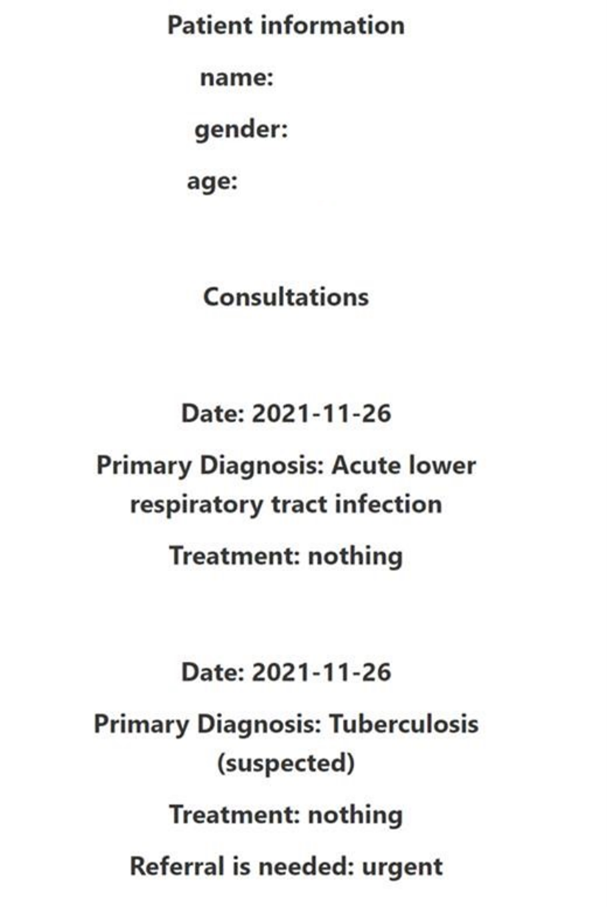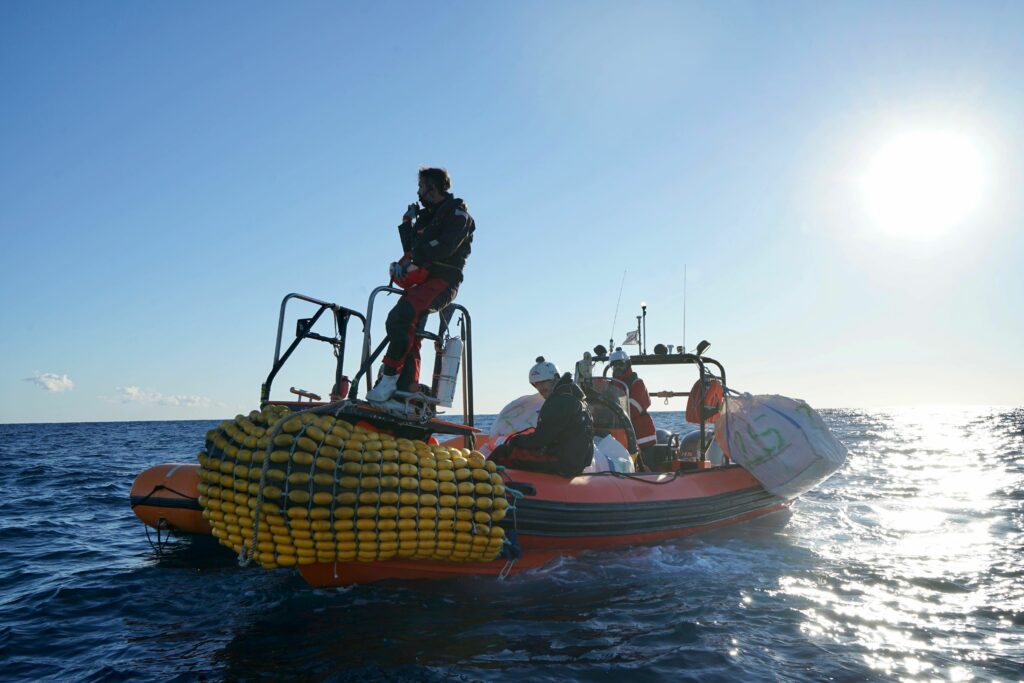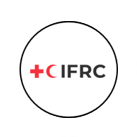The Mediterranean Sea is considered the world’s deadliest migratory sea route from Northern Africa into Europe, killing a staggering 1448 people in 2020 alone. The Humanitarian Service Point (HSP) @ Sea Operation supports and protects the humanitarian needs of people on this route. The Netherlands Red Cross’ Data & Digital initiative 510 supported the operation with data collection and management. For this purpose, Jacopo Margutti (Information Manager at 510) was deployed to Marseille. Here he set up 3 data management systems. “When I first met the rescue team, it was immediately clear to me that data management was a source of frustration: inconsistencies and errors happened and there was pressure from all sides to be accurate. We sit down and together we worked out a simple yet effective solution. I am very happy that this made their very challenging job a bit easier.”, says Margutti. This occurred before the ship left from Marseille on the 4th of November to rescue people at sea.
The HSP@Sea Operation is implemented in partnership with the NGO SOS Méditerranée and IFRC. The Netherlands Red Cross started in November to support the rescue ship “Ocean Viking”, which patrols the sea between Libia and Sicily, looking for ships in distress and rescuing the people on board. After a series of successful rescues, it disembarks the people in a safe port before going back to Marseille, where it is based. One rotation usually takes 3 weeks. In order to make sure they are safe after disembarking, the Ocean Viking collaborates closely with the Italian Red Cross.
3 Teams
The operations on the Ocean Viking are carried out by three teams:
- The Post-Rescue team: The Post-Rescue team is ran exclusively by the Red Cross and takes care of refugees once they are on board. They do so for example by distributing foods and blankets. They also register the people on board, manage them and make sure they are informed
- The Search and Rescue team: The Search and Rescue team is ran exclusively by SOS Méditerranée. They use smaller boats in order to transfer people from the ship in distress to the Ocean Viking.
- The Medical team: The Medical team is ran both by SOS Méditerranée and the Red Cross. They are responsible for the people’s medical needs on the ship.
3 Digital systems
Digital systems were set up based on the needs of each team. The 3 digital systems that were developed were the Registration System (for the Post-Rescue team), the Safe-and-Well SMS System (for the Search and Rescue team), and the Medial System (for the Medical team). Because the systems will be used at sea they had to be designed to work with very low bandwidth.
1. Registration System
The Registration System allows for the Post-Rescue team to have a clear oversight of the people rescued. The registration process takes place offline, using mobile phones. The Post-Rescue team can then use a simple web page to access the data of registered people and send the relevant information – strictly anonymized – to port authorities, when asking to disembark. The website was developed to work with very limited connectivity.

Registration system
2. Safe-and-Well SMS System
The Safe and Well SMS System is a way to make sure people can let family or friends know that they are alive. It consists of a standardized text message that can be send to any mobile number. The languages that the message is currently available in are English, Arabic in French; more languages will be available in the future.

Safe-and-Well text message
3. Medical System
The Medical System manages the information of each patient. Only doctors of the Red Cross and SOS Méditerranée are able to view this system. The system shows, for instance, of the information of each patient and the medical consultations that they went through. Like for the registration system, data is collected via mobile phones, and later displayed in a webpage. A dedicated referral status is assigned to each patient, so that the people who need follow-up procedures after disembarking can be properly helped by the local healthcare providers.

Medical System
In addition, a dashboard for operational managers was also developed by 510’s Heleen Elenbaas to do resource mobilization. This dashboard, that gives the latest data on this operation, can be found here.
Next steps
The Ocean Viking is now docked in Trapani (Italy), after successfully rescuing 114 people from stormy seas, among which two newborns, and is expected to set sail again in the upcoming days. The teams on board had the chance to use the data management systems and found them very effective. Francesco Fornari, Post-Rescue Team Leader, said that ‘everything went very well, [the systems were] easy to use and very useful. Thanks a lot, this really improved the quality of our work.’
510 will continue supporting the HSP@Sea operation in the coming year, improving the digital systems and developing new ones, according to the needs of the teams on board and the rescued people. This will improve speed and quality of rescue operations, while making sure that the personal information of the most vulnerable people is safely and responsibly managed.

One of the boats that is used to rescue people and bring them to the main boat.
Image source: SOS Méditerranée
